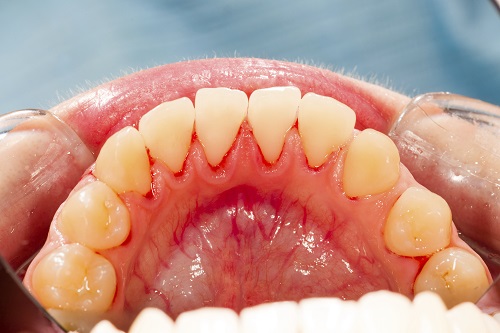South Ogden
How the Socket of Your Tooth Struggles With Gum Disease Even Without a Tooth

Gum disease, also known as periodontitis, is an oral condition that starts with bacterial growth in the mouth. If this condition is not treated, it will lead to tooth loss due to the destruction of supportive gum tissues. Gum disease also causes significant damage to the tooth socket. Even without a tooth, the socket will remain affected by this condition.
Gum Disease and Tooth Socket
If you develop gingivitis and don’t get rid of the tartar or plaque on your teeth, the condition worsens and might lead to periodontitis. If periodontitis is not treated on time, you will develop further complications, which will cause damage to the surrounding tissues. There is a tissue known as the periodontal ligament that connects your tooth to the tooth socket. When the periodontal ligament sustains serious damage, there will be increased damage to the alveolar bone, the jaw bone that contains teeth sockets. With time, the damage will extend to the tooth socket. Even after losing your tooth, the socket will struggle with the effects of gum disease. You will experience tooth sensitivity, sharp toothaches, and, in some cases, tooth sensitivity.
After undergoing a tooth extraction procedure, a normal tooth socket will develop a blood clot that firmly stays in place until the wound heals. The discomfort will also improve steadily. However, in a tooth socket damaged by gum disease, the blood clot will fully or partially detach from the wound, causing great discomfort. Alveolar osteitis or dry socket is one of the major complications of an infected tooth socket. This condition develops when the blood clot meant to protect the wound breaks loose or disintegrates, leaving the nerves in the socket exposed. This leads to tooth sensitivity, especially when you drink cold or hot beverages. Visit our offices for more information on how the socket of your tooth struggles with gum disease.

